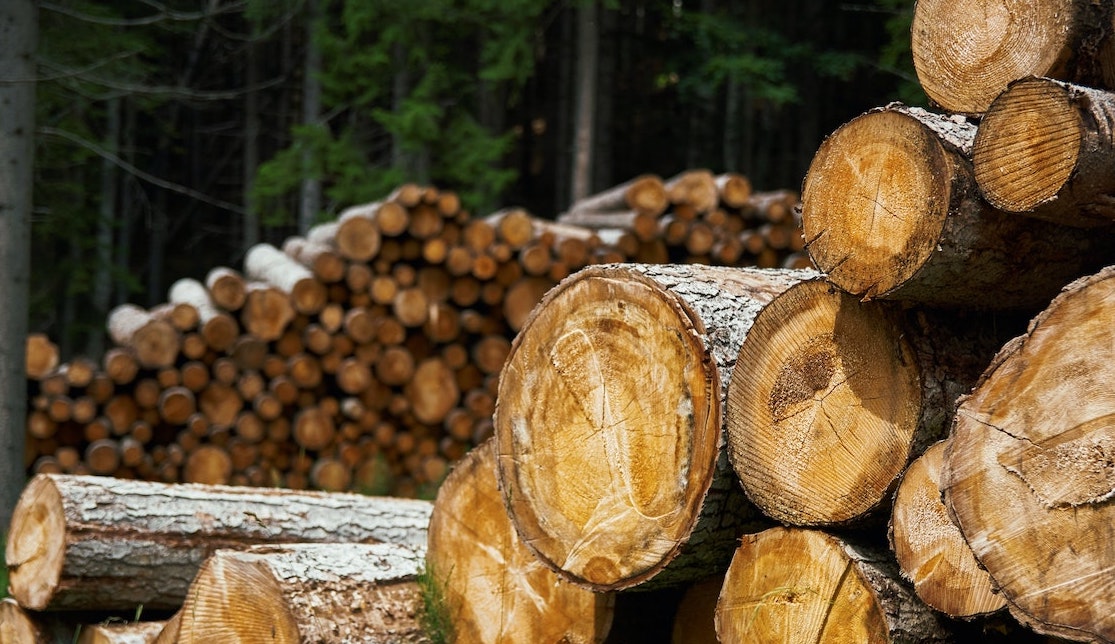Can you briefly describe the history of the “Ancora Natura per il Col di Lana” project? How did it start and what are its main objectives and expected or achieved outcomes?
Eleonora Mariano (PEFC Italia), Project Manager: The project started in October 2018 with the Vaia storm, an extreme event that severely impacted many areas in the northeast, particularly the province of Belluno. In just a few hours, around nine million cubic meters of trees were felled, equivalent to what would be harvested over seven years of environmentally conscious forestry. It was a devastating event.
Following this, PEFC Italia (Program for the Endorsement of Forest Certification schemes), along with Coldiretti and Rete Clima, decided to launch an initiative in a specific area, Col di Lana, to assist nature in recovering—a process that would otherwise take much longer on its own.
The project’s objectives are to promote nature’s recovery through restoration and reforestation activities, create a nature trail, and raise awareness by engaging local students. The 8×1000 funds from the Italian Buddhist Soka Gakkai were crucial, enabling us to bring the “Ancora Natura” project, already underway in other areas, to Belluno and Col di Lana. These funds allowed us to bring together professionals, businesses, and local communities to enhance and expand the activities outlined in the project, serving as a catalyst that will allow us to continue the work beyond the project’s official end.
What were the major challenges you faced?
Orazio Andrich, Forester involved in the project: The initial challenges were enormous. The Vaia storm caused tremendous damage, even in forests we thought were stable. Following the storm, an infestation—still ongoing—by an insect that devours plants began.
The first challenge was deciding how much we should let nature take its course versus intervening. Our first step was to provide a detailed and objective response to this dilemma.
We “helped” nature by selecting tree species, but in high-altitude forests like this one—at 1,600–1,850 meters—it’s not easy. The selected species included larch, stone pine, and broadleaf trees, alongside Norway spruce, which will regenerate naturally. The stumps of the fallen trees left behind will also help provide micro-protection for these new plants.
Another challenge was dealing with “ungulates,” mainly deer, but also chamois and roe deer, which tend to feed on the newly planted trees. The harshest natural challenges come from snow, frost, and the varying climate conditions. We incorporated this complexity into our project design, striving for simplicity in our operations by deeply observing and reflecting on the natural environment and mimicking its dynamics.
What has been the impact of the project on the local community, and what role has the community played in the project’s implementation and support?
In the beginning, the local community in Livinallongo and the Alto Cordevole area was focused on addressing practical problems, such as flooding, avalanches, and repairing roads and homes. Our project involved two key moments of interaction with the local community.
First, at the project’s start, we studied the area in detail to understand the specific needs and dynamics. Our goal was to ensure the project fit harmoniously and functionally within the landscape and the community. Understanding the territory and its people was, and continues to be, essential. In this phase, the community supported us, and we provided them with motivational support, showing them they were not alone.
The second phase involved the actual implementation of reforestation and the restoration of the trail, which engaged local businesses and workers. We are now working to raise awareness about our project and exchange ideas on the technical solutions. One thing we’ve learned from this experience is the remarkable similarity between the behavior of mountain communities and trees: just like trees, people in these conditions thrive when they collaborate and help each other face climatic and other challenges.
How does the project help students from the involved schools develop an awareness of the interaction between humans and the environment?
Michele Nenz, Coldiretti Belluno, project partner: The catastrophic events of 2018 taught us that nature follows its course and that humans can intervene only in the restoration phase.
Involving students from the Agricultural Institute of Feltre, which has a forestry specialization, was very important. Raising awareness and educating the new generation on respecting nature, the environment, and the ongoing changes is crucial. Forestry needs to increasingly adopt a more naturalistic approach.
The interest from teachers and students allowed us to spread a culture of naturalistic forestry through the organization and design of the nature trail. The idea is to observe the forest, understand how nature regenerates, and follow its processes.
Younger generations need to learn that humans can intervene, help, and cultivate within certain limits, but ultimately nature dictates which plants will thrive in a particular area and how they will grow.
